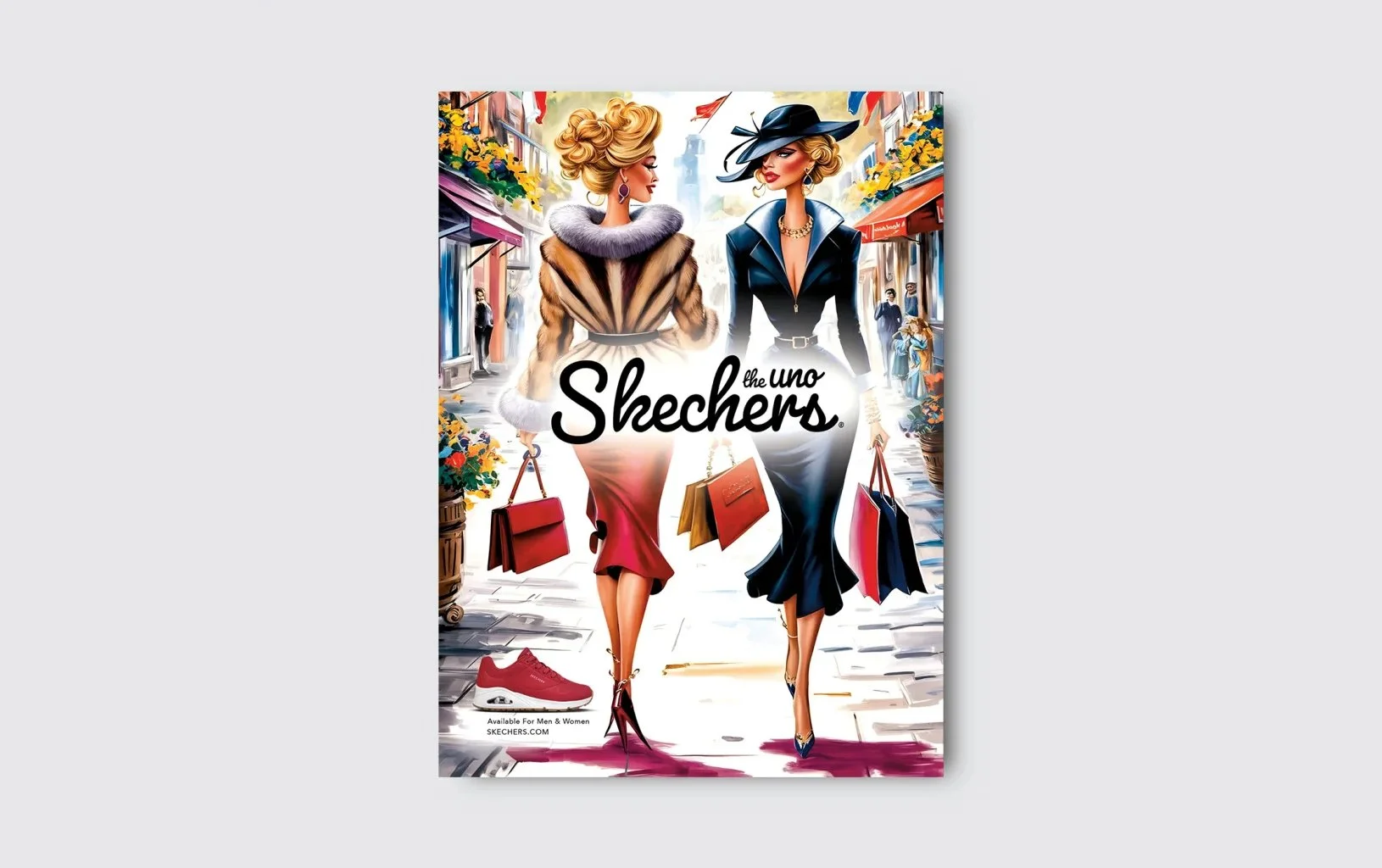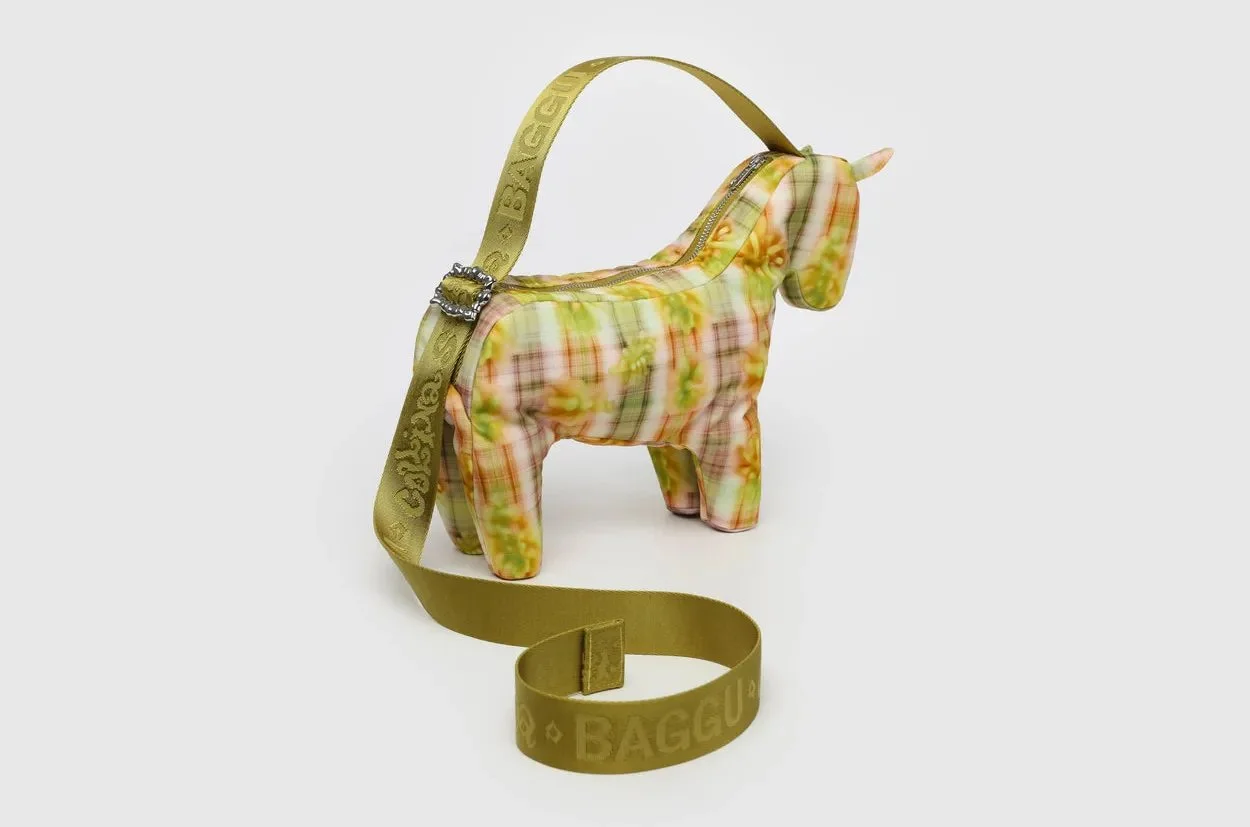The Ethics of AI-Generated Design
AI-generated design tools are reshaping the creative industry. And while the results can be jaw-dropping, the ethical implications are equally worthy of attention. Are we celebrating innovation or cutting corners? Is AI a partner in creativity or a silent art thief? Let’s talk about what’s really going on behind the curtain—and why it matters.
To start, let’s get something out of the way: AI is not sentient. It doesn’t dream up designs over a morning espresso. It generates based on patterns, inputs, and, let’s be honest, a whole lot of data scraped from the work of actual humans. That’s where the first ethical alarm bell rings. Many of these systems are trained on existing artworks, photography, illustrations, and logos—often without consent or credit. The idea that your hand-drawn lettering or digital collage might have been absorbed by an AI model and spit back out in someone else’s brand visuals is, understandably, a bit creepy.
Then there’s the question of originality. If an AI creates a stunning poster that looks like something Paula Scher might have made after a week of typography binging, who gets the credit? The person who typed in the prompt? The engineer who coded the model? Or the countless unnamed designers whose work shaped the dataset? This murky authorship is a big deal—not just artistically, but legally. Some countries have started grappling with whether AI-generated works can be copyrighted at all. Spoiler: it’s complicated.
On the flip side, let’s not ignore the benefits. AI tools can help designers brainstorm, iterate faster, and experiment with ideas they might not have considered. They can break creative blocks, generate moodboards in seconds, or produce a dozen mockups in a few minutes. Used ethically, they’re like that super-efficient intern you wish you could clone.
But here’s the trick: using AI ethically means being transparent. If you’re presenting AI-generated work to a client, say so. If you’re using it to speed up your workflow, great—but maybe don’t pass off 100% machine-made graphics as your hand-crafted masterpieces. Clients, collaborators, and your creative conscience deserve honesty.
Another important angle: the impact on jobs. No, AI isn’t replacing all designers (not anytime soon, at least), but it’s certainly changing expectations. Budget-conscious clients might opt for AI tools over hiring a professional, which could push freelancers and junior designers out of the game. That’s why it’s more important than ever to emphasize what AI can’t replicate: strategy, emotion, human insight, and the magic that happens when a client says something bizarre like "can we make it feel like a mix between a jellyfish and a Bauhaus poster?" and you actually understand what they mean.
Now let’s look at some real-world examples:
1. Coca-Cola's AI-Generated Holiday Commercial
In November 2024, Coca-Cola released its first AI-generated Christmas advertisement, aiming to modernize its classic "Holidays Are Coming" campaign. The 15-second spot featured AI-created imagery of festive scenes and Coca-Cola trucks. However, the ad was met with significant criticism from viewers who described it as "soulless" and lacking the warmth of previous campaigns. Critics pointed out the unnatural appearance of AI-generated human figures and the diminished presence of iconic elements like Santa Claus. Marketing experts also questioned the effectiveness of replacing human creativity with AI in such emotionally resonant advertising.
Still from the Coca-Cola Christmas ad 2024 | Image Source: forbes.com (30/05/25)
2. Skechers' AI-Generated Print Ad in Vogue
In December 2024, Skechers faced backlash after publishing an AI-generated advertisement in Vogue's December issue. The ad, intended to showcase fashionable women wearing Skechers products, was criticized for its poor quality, including blurry text, distorted clothing, and undefined faces. Social media influencer Laura Palmer highlighted these flaws, leading to widespread criticism of the brand's use of AI in place of human creativity. The incident sparked a broader conversation about the authenticity and quality of AI-generated content in high-fashion advertising.
Skechers ad in Vogue | Image Source: fastcompany.com (30/05/25)
3. Levi's Use of AI-Generated Models
In March 2023, Levi Strauss & Co. announced a partnership with digital studio Lalaland.ai to create AI-generated models for their website, aiming to showcase a wider range of body types and demographics. The initiative was intended to increase diversity and sustainability. However, the move was met with criticism from fashion experts and consumers who argued that using AI models instead of real people undermines genuine representation and employment opportunities for diverse models. Levi's responded by clarifying that the AI-generated models would supplement, not replace, human models.
5. Baggu's AI-Generated Bag Prints
San Francisco-based brand Baggu faced criticism in 2024 after releasing a collaboration with New York's Collina Strada that featured AI-generated prints on their bags. Consumers discovered that some designs were created using AI tools like Midjourney, leading to accusations of a lack of transparency and concerns over the environmental impact of AI. The incident emphasized the importance of disclosure and the potential ethical implications of using AI in product design.
Baggu x Collinda Strada Bag | Image Source: www.aifutures.substack.com (30/05/25)
So what’s the takeaway here? AI in design isn’t inherently unethical. It’s a tool—and like all tools, it depends on how you use it. Stealing work and calling it inspiration? Not cool. Replacing human jobs just to cut costs? Risky. But using AI to elevate your process, save time, and explore new visual directions? That’s where things get interesting.
At the end of the day, ethical design means keeping humans at the center. Ask yourself: Am I respecting the original creators behind the data? Am I being honest about what I made versus what a machine helped me make? Am I using this tool to push creativity forward, or to take a shortcut?
AI won’t stop evolving, and neither will the debates around it. But with a little mindfulness, a pinch of transparency, and a whole lot of good taste, we can navigate this new landscape without losing what makes design truly meaningful: the human touch.
If you're looking to explore AI tools responsibly in your own creative workflow—or want help blending tech with a strong human concept—I'm here for it. Reach out, and let’s talk about how to use these tools thoughtfully, creatively, and ethically.






